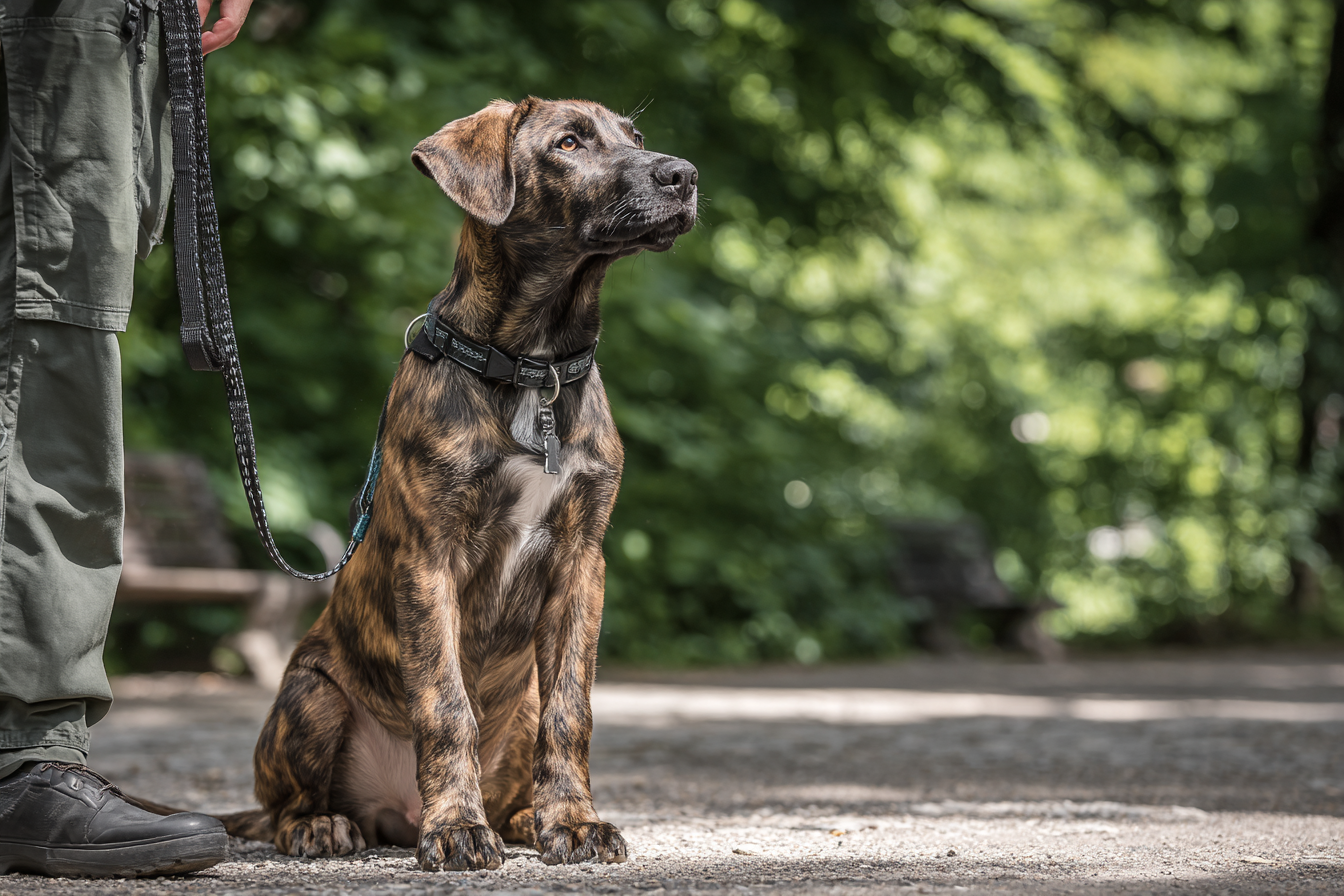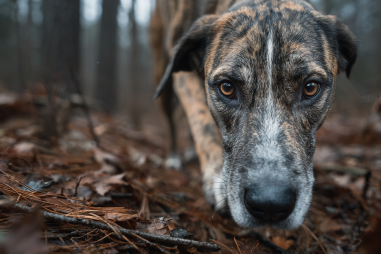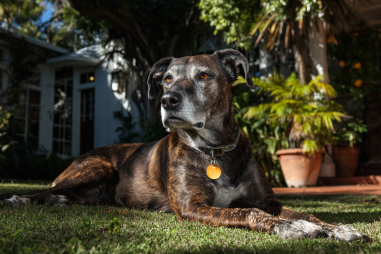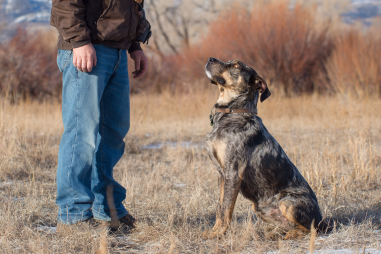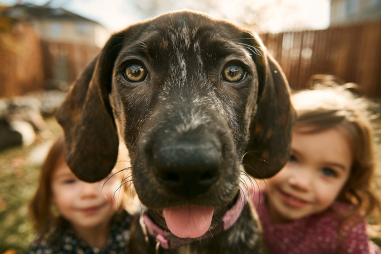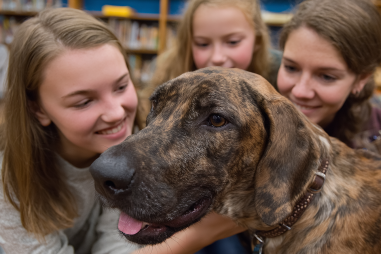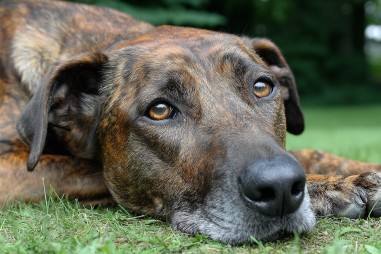Plott Hounds are known for their intelligence, energy, and unwavering loyalty. These vibrant dogs make wonderful companions, but their spirited nature means that training is essential to help them thrive in your home and community. Understanding the unique instincts and characteristics of a Plott Hound is the first step to raising a well-behaved, happy pup. Whether you’re a first-time owner or have experience with hunting breeds, these practical training tips will guide you in shaping a dog that’s both obedient and content.
Understanding Plott Hound Nature and Intelligence
Before diving into training methods, it’s important to appreciate the Plott Hound’s background. Originally bred for hunting boar and other large game, Plott Hounds are naturally energetic, courageous, and fiercely determined. They possess a strong prey drive, excellent scent-tracking skills, and high endurance. These traits mean they need plenty of physical and mental stimulation to remain happy and well-balanced.
Additionally, Plott Hounds are intelligent dogs that respond well to training when it respects their natural instincts. They can be independent thinkers, sometimes showing a stubborn streak, so patience and consistency are key. Understanding these qualities helps you tailor your training approach to suit their personality.
Basic Obedience Training Essentials
Starting with basic obedience is fundamental in establishing control and communication with your Plott Hound. Early training should focus on teaching commands such as “sit,” “stay,” “come,” “down,” and “heel.” These commands create a foundation of discipline and help your dog understand the boundaries of acceptable behavior.
Consistency in training sessions builds familiarity and reinforces learning. Keep sessions short but frequent—about 10 to 15 minutes, two to three times per day—to maintain your dog’s interest and prevent fatigue or frustration. Using a calm, clear voice when giving commands, combined with timely rewards, enhances comprehension.
Using Positive Reinforcement
Positive reinforcement is the most effective and humane approach to training a Plott Hound. This method involves rewarding desired behaviors with treats, praise, or playtime, encouraging the dog to repeat those actions. Avoid harsh punishments or yelling, as this can create fear or anxiety, which undermines trust and cooperation.
When your Plott Hound successfully follows a command or shows good behavior, offer immediate praise and a small treat. Gradually, you can reduce the frequency of treats, substituting them with affection or verbal praise to maintain motivation. Positive reinforcement promotes a happy learning environment where your dog associates training with enjoyable experiences.
Crate and Leash Training Methods
Crate training offers a safe space for your Plott Hound and aids in housebreaking. Introduce the crate gradually, making it a comfortable and inviting area with bedding and toys. Never use the crate as punishment. Encourage your dog to spend short periods inside, extending the time as they become more comfortable. This practice helps reduce anxiety and teaches control over elimination habits.
Leash training is equally important, especially since Plott Hounds have strong hunting instincts and may be tempted to chase scents. Begin leash training indoors or in a secure yard, allowing your dog to get used to the collar and leash. Teach your dog to walk beside you without pulling by stopping or changing direction when they try to pull ahead. Reward them when they keep pace. Consistency and patience are vital to ensuring leash walks become calm and enjoyable.
Managing Hunting and High-Energy Instincts During Training
Given their origin as hunting dogs, Plott Hounds have intense energy levels and a strong desire to track scents. Managing these instincts prevents behavior problems like excessive digging, barking, or chasing.
Providing plenty of physical exercise is imperative. Daily activities like long walks, runs, or play sessions with interactive toys keep their bodies moving and minds engaged. Incorporating scent games, such as hiding treats or toys for them to “hunt,” satisfies their natural tracking abilities in a controlled manner.
Mental stimulation is just as crucial. Puzzle toys, obedience drills, and new commands challenge your dog’s brain and reduce boredom. A tired Plott Hound is a well-behaved Plott Hound.
Troubleshooting Common Behavior Issues
Even with the best training efforts, some behavior challenges may arise. Here are common issues with solutions:
- Excessive Barking: Identify triggers, whether boredom, excitement, or alertness, and redirect your dog’s attention. Use commands like “quiet” and reward silence. Provide more exercise and mental challenges to reduce excess energy.
- Pulling on the Leash: Consistently stop walking when your dog pulls and only move forward when the leash slackens. Use treats to encourage walking beside you. Consider using a no-pull harness if needed.
- Digging: Redirect digging to a designated area. Reward digging in that spot and ensure your dog receives enough exercise and attention to limit boredom-related digging.
- Stubbornness or Ignoring Commands: Keep training sessions positive and fun. Use high-value rewards and break down commands into smaller, more manageable steps. Patience and repetition are essential.
Maintaining Consistency for Lasting Results
Consistency is the thread that weaves all training efforts together. A Plott Hound thrives when all family members follow the same rules and commands. Mixed signals cause confusion and slow down progress.
Regular training sessions, daily exercise, and reinforcing good behavior create predictable routines that your dog can understand and depend on. Remember, training is an ongoing process, not a one-time event. Celebrate small victories and maintain patience through challenges, and your Plott Hound will grow into a well-behaved and cherished companion.
Training a Plott Hound is a rewarding journey that requires understanding their unique traits, commitment, and kindness. By applying these tips and embracing your dog’s intelligence and energy, you’ll build a strong bond and enjoy a loyal friend for many years.

